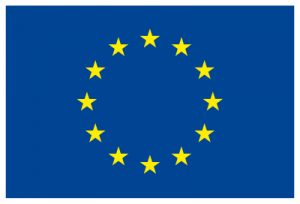This policy brief focuses on the effects of two forms of government support: VAT regulation for CH goods and services and direct subsidies to CH organisations. It presents the results and outcomes of the research that explores the relation between the characteristics of different European countries and the effects of government support in VAT rates for CH organisations, and it describes the actions that can be taken to stimulate a CH-rich and CH-engaged European society.
Read More →
This project has received funding from the European Union’s Seventh Framework Programme for research, technological development and demonstration under grant agreement n° 612789.
Creative Economy
European Policy Brief. Towards a Craft Revival: Recalibrating Social, Cultural, Economic and Technological Dynamics.
This policy brief makes recommendations for unlocking the potential of the craft sector and craft skills, with a focus on maximising their economic value without undermining their social and cultural value. Policy recommendations are formulated from an holistic perspective, which recognizes the interplay of social, cultural, economic, legal and technological dynamics in determining the standing of craft, and realising its potential.
Read More →Conclusions establishing a Work Plan for Culture (2015-2018)
Meeting in Brussels on 25 November EU Ministers of Culture agreed on a new Work Plan for Culture, setting out the priorities for European cooperation in cultural policy-making for the next four years. The Work Plan addresses key challenges faced by cultural organisations and small and medium sized enterprises in the creative sector at national and EU level in the context of globalisation and digitisation.
Read More →D5.1 The Use of Craft Skills in New Contexts
Report outlining the results of a qualitative study that examined how craft skills can generate value and competitive advantage for the European creative economy, particularly with respect to employment and the creation of new jobs.
Read More →Economics of Culture
Within the RICHES project we investigate fiscal and economic aspects of cultural consumption in the European Union. One of the available and yet underappreciated tools in cultural policy at the national level is the reduction of VAT rates for cultural goods and services. We explore the potential of fiscal incentives by introducing a theoretical model, which is then tested using data for all EU countries in the period of the last two decades.
Read More →